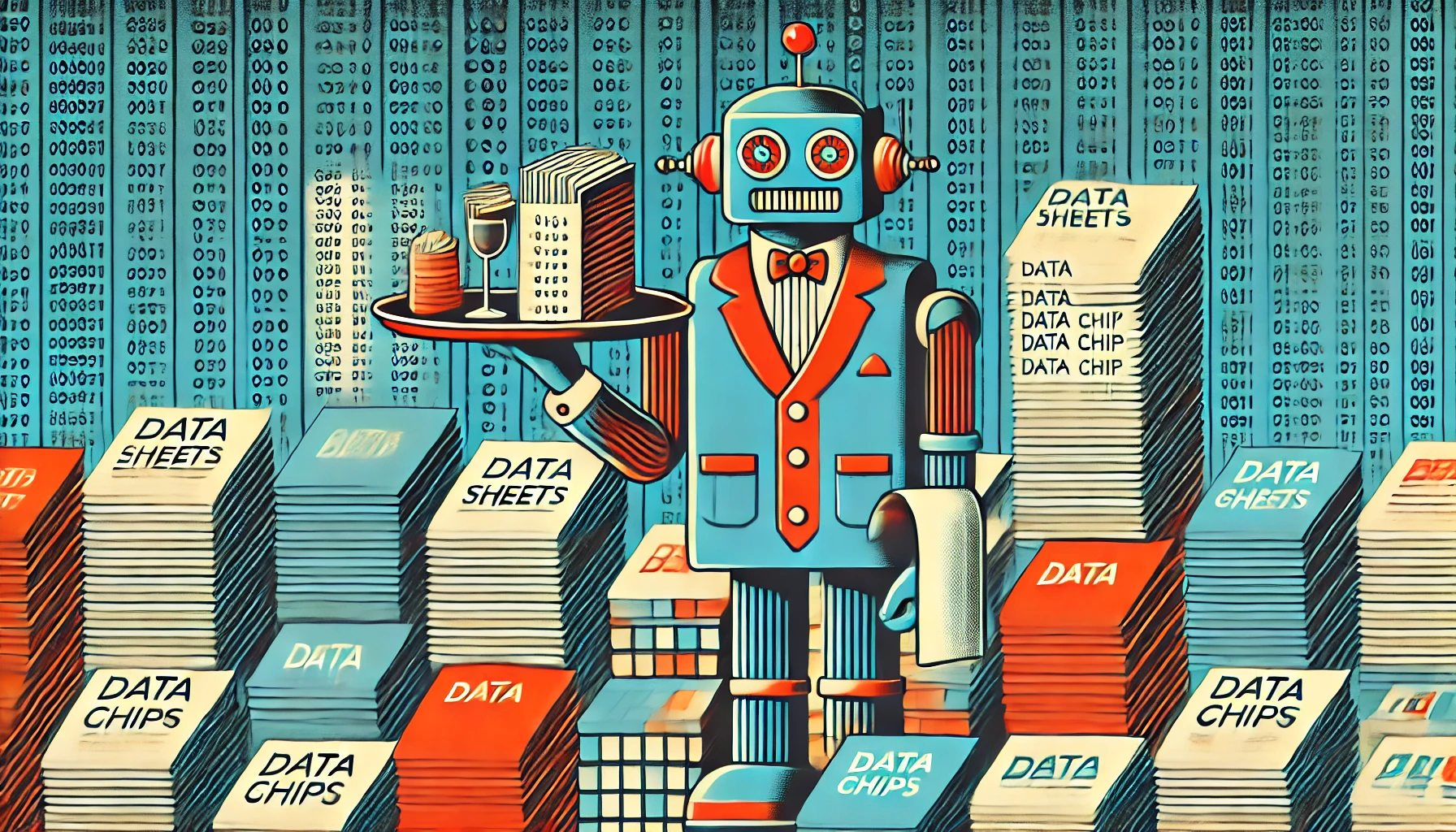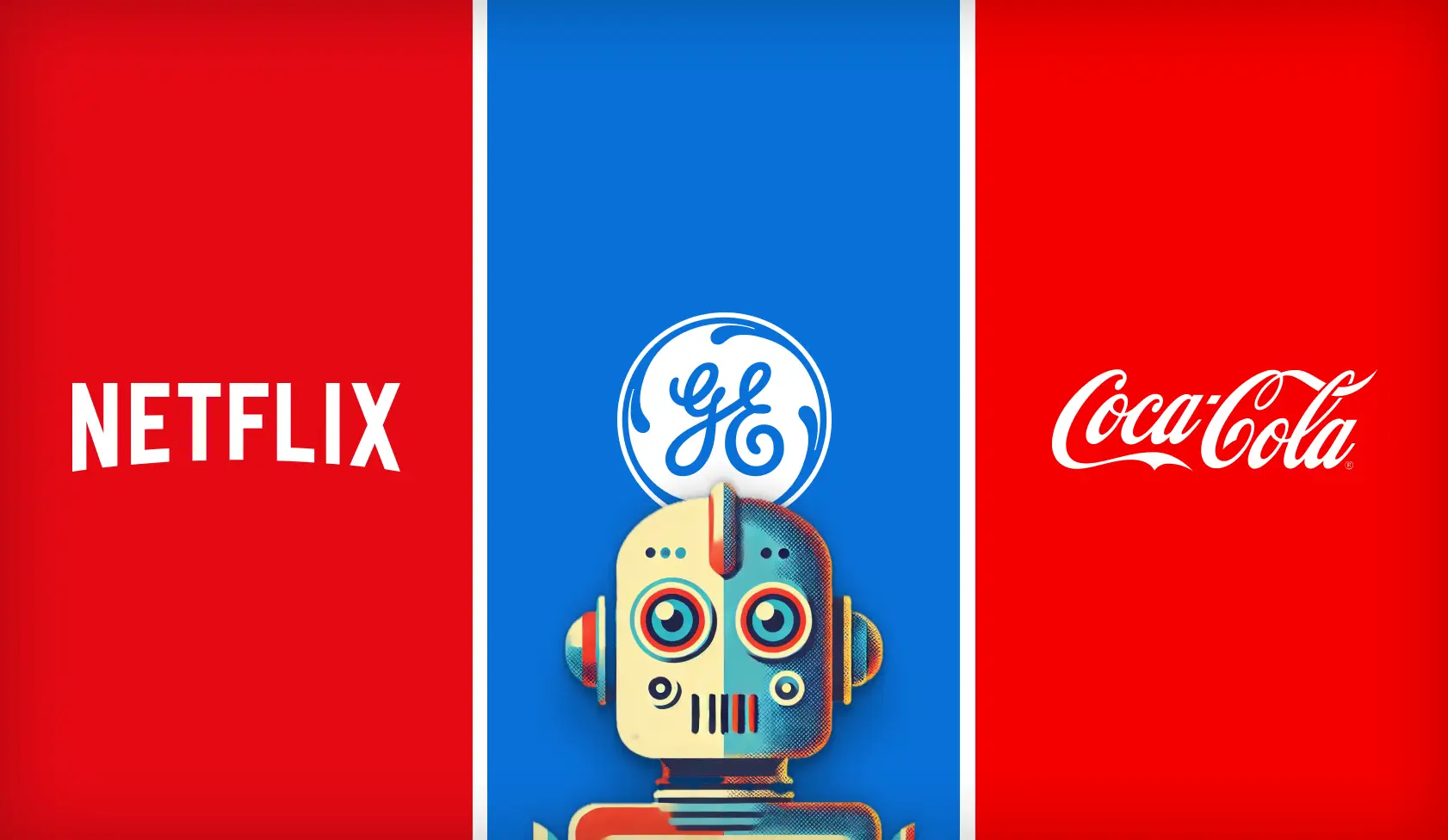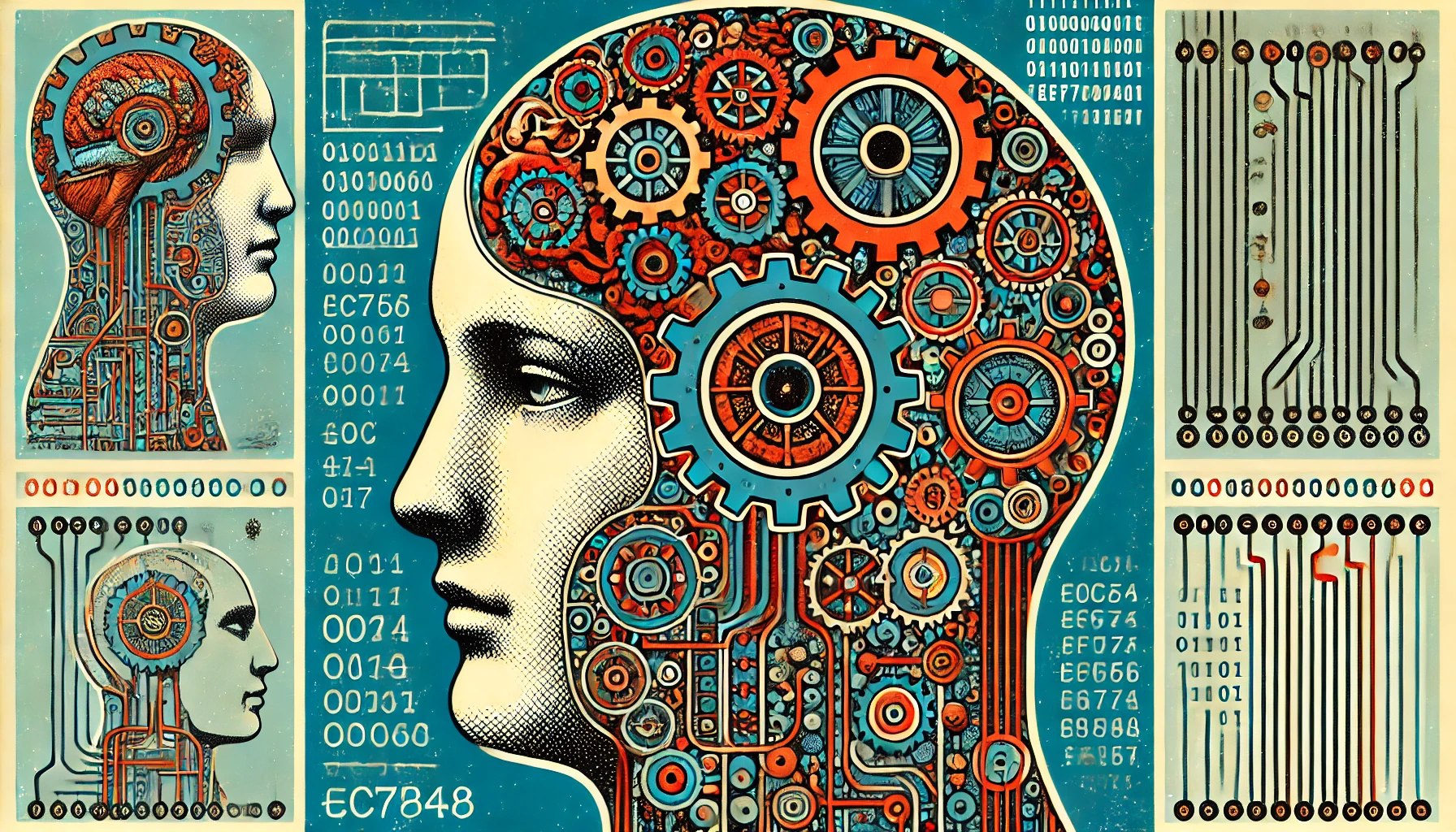← Back Insights
Headless UX and the future of AI

As artificial intelligence becomes increasingly integrated into our daily lives, many organizations have turned to chatbots, virtual assistants, and other “Everyday AI” to enhance common user experiences. However, these applications primarily follow traditional user experience and interface design principles focused on login screens, dashboards, and other visual components. While helpful in the short term, actual transformational change demands a new approach - one centered on seamless human oversight and collaboration rather than constant logging in.
Everyday AI plays an important role in automating simple tasks and answering basic questions. Chatbots are helpful in answering FAQs, retrieving information, and performing small transactions. However, their impact is limited since humans still need to regularly log in to oversee and improve them. AI must operate more autonomously while maintaining close human involvement to transform how we live and work.
Autonomous agents hold promise for this next stage of advancement. Powered by advanced cognitive computing and autonomous capabilities, these systems can identify and solve complex problems independently across various platforms and data sources. Yet without proper design, their autonomy could likewise introduce new challenges to human oversight and accountability. By pioneering “headless” UX/UI frameworks focused on seamless human-AI collaboration rather than login screens, we can unleash autonomous agents to drive real change while ensuring their decisions remain transparent and beneficial.
While chatbots and weaker forms of Everyday AI follow traditional user experience (UX) and user interface (UI) design principles, transformative or game-changing AI, in the form of Autonomous Agents, requires pioneering new headless UX/UI designs to facilitate seamless human-in-the-loop capabilities and supervision while reducing human login fatigue and eliminating platform and data silos. The Revolutionary Approach to User Experience - Headless UX
As AI systems take on more complex tasks and decisions, the traditional login-based user experience will no longer suffice. For autonomous agents and other advanced forms of artificial intelligence to drive true transformation, they require a new approach centered on seamless human oversight rather than constant user logins. This is the promise of “headless” UX - a modern framework that can help realize the full potential of game-changing AI.
In a traditional UX model, users must regularly log in to centralized dashboards or platforms to oversee automated work and receive updates. However, as AI assumes more autonomy, this login-centric model introduces new challenges. Users face fatigue from too many passwords and logins across different systems. Data remains siloed within each platform, limiting an autonomous agent’s abilities.
A headless UX means that autonomous work is completed without a user having to log in to a system and tell it to perform a task, activity or process. Instead of separate login screens, the focus shifts to seamless collaboration between users and Autonomous Agents through existing digital platforms. Agents can communicate progress, results, and requests for human input through a user’s preferred messaging channels and existing workplace tools. This eliminates data silos while reducing login burdens on users.
Organizations can unleash truly autonomous AI by adopting headless UX frameworks to identify complex problems and drive transformational change across an enterprise. Agents work independently across all available data sources and systems. At the same time, users maintain close oversight through their day-to-day communication tools.
Users no longer need to log into multiple platforms to oversee automated processes. They receive all updates in a single, familiar place like email or workplace chat. This lowers user fatigue while strengthening the human-AI partnership. It also breaks down data silos that currently limit an agent’s full decision-making abilities.
Moving to a headless model of user experience is critical to developing AI capable of game-changing, autonomous capabilities while maintaining close human oversight. We can fully realize the promise of advanced artificial intelligence through seamless collaboration rather than login screens. Headless UX will revolutionize how users and AI work together to transform every aspect of life and business.
Seamless Human Interaction Across System Boundaries
One of the critical benefits of headless UX and truly autonomous agents is their ability to break down the data and system silos that currently limit organizational effectiveness. By design, today’s workflows and user experiences are fragmented across separate login platforms, each containing only a subset of relevant information. This forces users to constantly switch contexts as they oversee different processes.
Autonomous agents powered by headless UX frameworks eliminate these barriers. With advanced cognitive computing capabilities, these systems can seamlessly search all available internal and external data sources for relevant information to complete tasks. No longer confined to isolated platforms, the agents develop a holistic view drawing from all possible data.
This unified perspective allows for more informed decision-making. Agents can validate information from one source against other data points. They can compare different options by analyzing related facts from separate systems. Where gaps exist, the agents proactively engage users to gather missing details through their preferred communication channels.
Users benefit enormously from this seamless access. They maintain consistent oversight through existing interactions rather than logging into various siloed dashboards. Agents also help reduce fatigue by automatically synthesizing all information needed for effective oversight or problem-solving. Users gain a comprehensive view without the inefficiencies of switching between platforms.
Perhaps most importantly, breaking down data barriers in this way strengthens the human-AI partnership. Users can have more engaging, productive discussions with agents that understand organizational realities from all angles. They develop a shared context without the artificial limitations of isolated login systems. This fluid, holistic collaboration unlocks new heights of business performance and transformation.
Empowering Humans while Enhancing Processes with Value-Added Oversight and Decision-Making
For autonomous AI to truly transform how work gets done, it must be driven by standardized yet adaptable processes and overseen by humans in a way that leverages their unique strengths. Headless UX is key to achieving this balanced human-AI partnership.
With standardized workflows that agents reliably execute across variable data sources, organizations benefit from increased efficiency, quality control, and compliance. Automation removes repetitive, rule-based tasks that sap human productivity. At the same time, processes remain flexible enough for exceptions and non-routine work.
This allows humans to focus on value-added monitoring, problem-solving, and decision-making. Rather than micromanaging individual tasks, people provide higher-level oversight, such as reviewing agent recommendations, addressing anomalies, and approving exceptional cases. They engage strategically to continuously improve processes based on frontline insights rather than completing tasks, activities, or curating data.
The headless model facilitates this human-centered approach. Agents regularly update humans on progress, issues, and requests for guidance through preferred communication tools. Users maintain consistent, holistic visibility without the burden of separate logins. They can devote more time and brainpower to creative challenges that enhance workflows.
Headless UX achieves an optimal balance by freeing humans from routine work while strengthening collaboration. Automation handles standardized activities at scale while people concentrate on nuanced judgments. Processes benefit from consistent execution and human discernment. Continuous feedback loops between users and agents further refine procedures over time.
This symbiotic relationship is vital to driving true transformation. Humans and AI combine strengths to surpass what they could accomplish alone. Headless UX is the enabler, empowering people for high-impact roles while using autonomous capabilities to their fullest. It will revolutionize how work gets done across every industry.
Transformational Change Doesn’t Require You To Login
As we have discussed, actual transformational change cannot be achieved through traditional login-based user experiences and siloed AI platforms. While useful for more routine tasks, these everyday assistive technologies do not unleash the full potential of advanced artificial intelligence. AI must operate with greater autonomy to drive real innovation and disruption - identifying complex issues across all available data sources and proposing optimized solutions.
However, autonomy without oversight risks losing the trust and accountability vital for adoption. This is where headless UX provides the solution. By focusing on seamless human-AI collaboration rather than login screens and menus, we can ensure autonomous agents are empowered to work independently at scale. At the same time, users maintain close involvement through their preferred communication tools. They retain strategic influence over prioritizing issues, approving recommendations, and overseeing continual process improvement.
Headless UX frameworks are revolutionizing work by optimizing human and AI strengths. Standardized yet adaptable processes harness autonomous capabilities. People focus on value-added problem-solving, decision-making, and supervision that machines cannot replace. Continuous feedback loops between users and agents further refine best-in-class procedures over time.
Headless UX is the key to developing AI systems capable of true transformation across entire industries and societies. Only by breaking down data silos and user fatigue barriers can we fully unleash autonomous agents’ potential for game-changing innovation. The days of logging into separate platforms to monitor discrete tasks must come to an end.
The future belongs to seamless partnerships where advanced AI and humans combine forces to accomplish more than either could alone. Headless UX paves the path to realizing this vision by facilitating fluid, holistic collaboration rather than isolated logins. It will empower organizations to drive ongoing disruption and reinvent entire business models from the ground up. Transformational change is on the horizon and doesn’t require logging in.

What does Prompt Privacy Do? An overview.

AI in Action: Real-World Success Stories from Netflix, Coca-Cola, and GE
